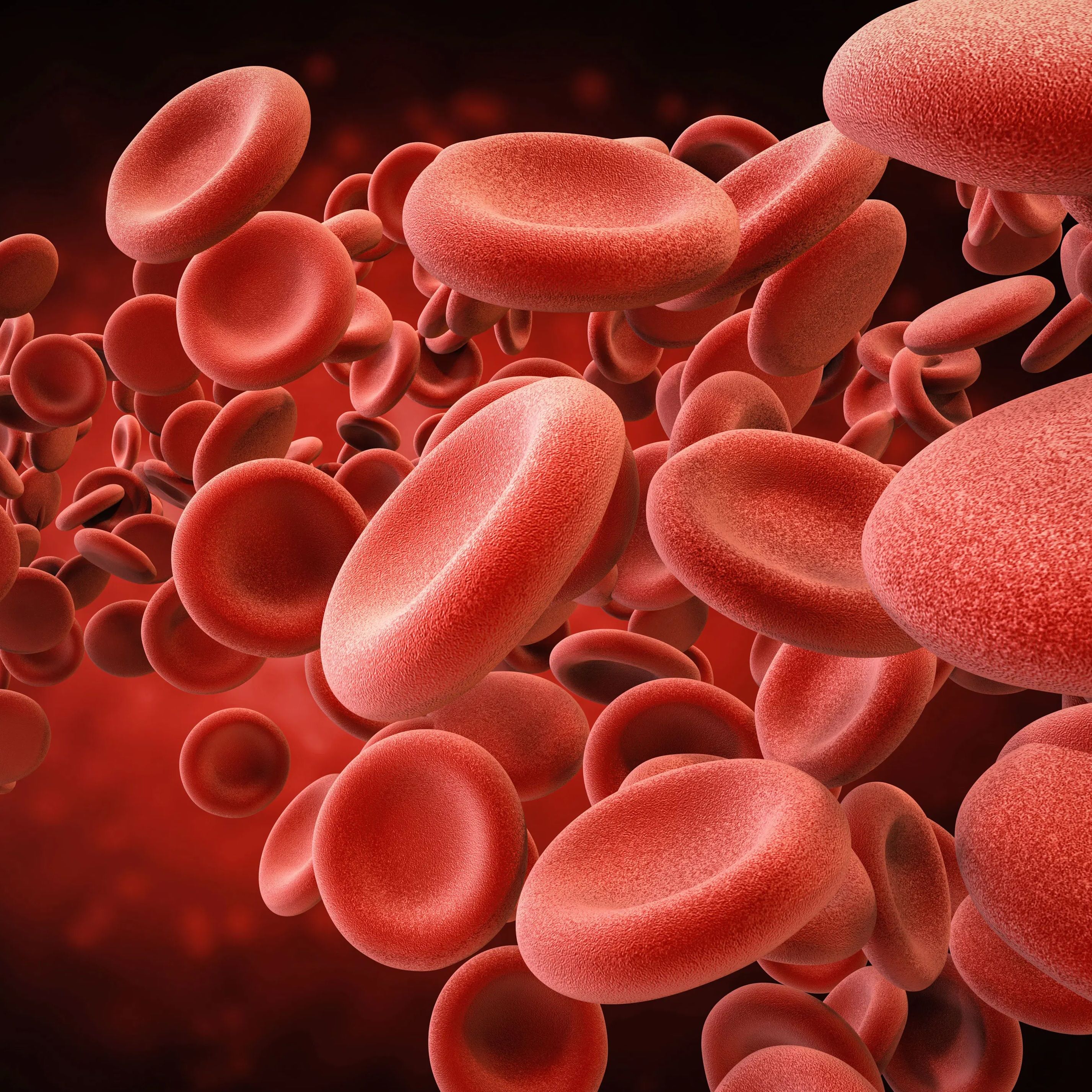News
Article
Biphasic Anaphylaxis in Children: Study Finds 1 in 7 Cases Occur After Epinephrine
Author(s):
Key Takeaways
- Approximately 14% of children with anaphylaxis experience biphasic reactions after epinephrine, occurring within 0-4 hours post-treatment.
- Corticosteroids may reduce biphasic reaction rates due to their delayed onset and prolonged effect compared to epinephrine.
A study found 1 in 7 children with anaphylaxis experience biphasic reactions after epinephrine, with no recurrences after 4 hours, highlighting corticosteroid impact.
Credit: Adobe Stock/ krumanop

A study found approximately 1 in 7 children with anaphylaxis experience a biphasic reaction after receiving an intramuscular injection of epinephrine.1 Children who have subdued anaphylaxis symptoms 4 hours after epinephrine have a low risk of developing a biphasic reaction.
“Our findings may shed light on a potential [corticosteroid] therapeutic impact on rate of [biphasic reaction] recurrence,” wrote investigators, led by William Bonadio, MD, from Mount Sinai Morningside Medical Center. “Since in all instances both [intramuscular epinephrine] and [corticosteroid] were administered, we noted a significant difference in [biphasic reaction] rates when partitioning clinical course based on medication pharmacokinetics.”
Even after medication clinically improves anaphylaxis, patients may still get a biphasic reaction. Prior studies have shown biphasic reactions are linked to anaphylaxis, with rates ranging from 1 – 23%.2
Research has recommended against using corticosteroids for routine treatment of acute anaphylaxis due to the lack of positive evidence.3 However, investigators theorized that the anti-inflammatory qualities of corticosteroids could potentially improve the IgE-mediated anaphylaxis process.1 They reasoned that because the effect of intramuscular epinephrine is brief, and corticosteroids have a clinical onset of approximately > 4 hours following administration, this medication could be working after the effects of epinephrine wane.
Investigators conducted a retrospective cohort study to determine the impact of pharmacologic intervention for acute anaphylaxis on biphasic reactions in children. Children aged 3 months to 19 years (mean age: 9.2 years; 50.7% male) were admitted to 1 of 3 of the emergency departments at Mount Sinai Medical Center in New York between January 2015 and December 2022 for anaphylaxis. Anaphylaxis triggers included food exposure (94%), environmental exposure (1%), drug-related (1%), and unknown (5%).
Patients received both intramuscular epinephrine and corticosteroid (either intravenous or oral) including dexamethasone, methylprednisolone, prednisolone, or prednisone. This was followed by 4 – 6 hours of monitoring post-treatment.
The team particularly wanted to assess the intervention’s impact on the rate and timing of biphasic reactions. They analyzed this by comparing the biphasic reactions at the intervals of 0 – 4 vs 4 – 48 hours after beginning treatment.
The study reported 371 cases of anaphylaxis among 280 patients; 94% of these children received both intramuscular epinephrine and a corticosteroid.
In total, 49 children (14%) experienced biphasic reactions, despite 84% of them receiving intramuscular epinephrine before their hospital visit. Children who experienced biphasic reactions were required ≥ 1 extra dose of epinephrine, and 14% required ≥ 2 additional doses.
All biphasic reactions occurred within the 0 – 4-hour interval after starting treatment. No child required an additional dose of epinephrine during the 4 – 48 hours after initiating therapy (95% confidence interval [CI], 0 – 1.3%; P ≤ .001). Across the sample, no one returned to the emergency department with persistent anaphylaxis symptoms within 48 hours of discharge.
Investigators wrote that they did not have enough data to assess the time from the onset of anaphylaxis symptoms to receiving epinephrine and how this could have impacted the rate of biphasic reactions.
“The [intramuscular epinephrine] effect is rapid in onset, lasting briefly (t½ of 2–3 minutes), whereas [corticosteroid] has clinical onset approximately > 4 hours following administration, lasting beyond 24 hours,” investigators wrote. “It is likely that after four hours the [intramuscular epinephrine] effect wanes, and any ongoing anti-allergy effect is likely due to [corticosteroid]. Within this context, we found the rate of [biphasic reaction] requiring repeat [intramuscular epinephrine] administration was significantly lower 4–48 hours vs0–4 hours after initiating therapy.”
References
Bonadio W, Welsh C, Pradarelli B, Ng Y. Impact of Treatment on Rate of Biphasic Reaction in Children with Anaphylaxis. West J Emerg Med. 2025 Jan;26(1):171-175. doi: 10.5811/westjem.18555. PMID: 39918158.
Patek P, Owda D, Menoch M. Anaphyl-crisis: rising rates of pediatricanaphylaxis.Pediatr Emerg Care2022;38(9):e1529–32.
Alqurashi W and Ellis AK. Do corticosteroids prevent biphasicanaphylaxis?Allergy Clin Immunol Pract2017;5(5):1194–1205.





